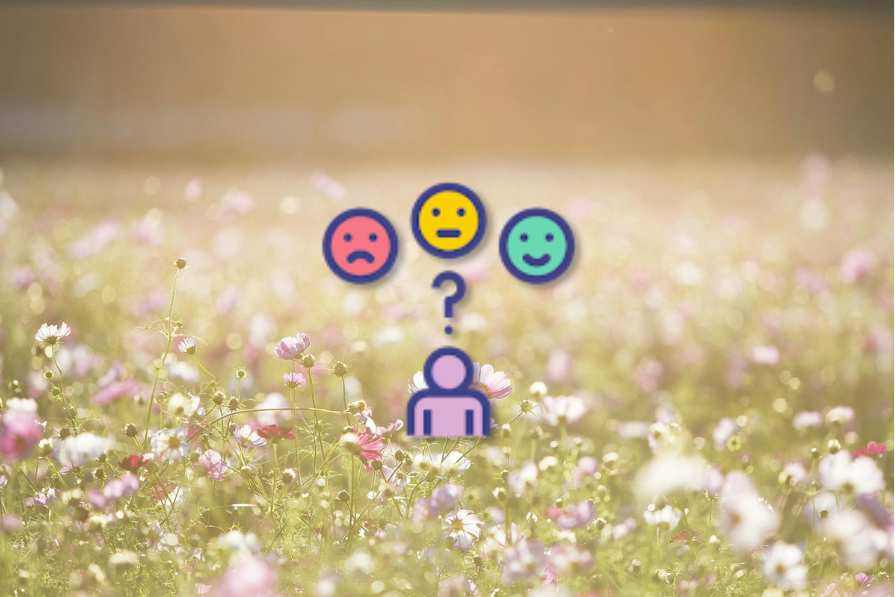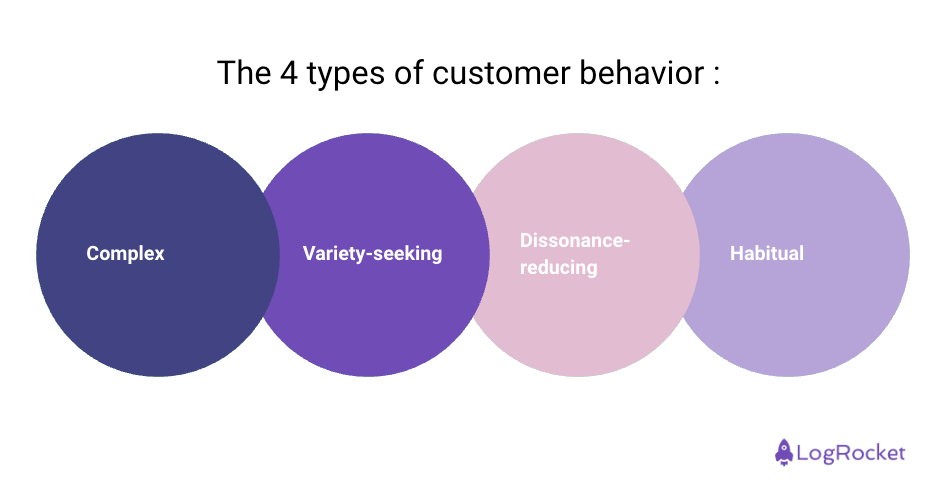I always say that understanding is the halfway point to success in any journey. However, there are things that’ll give you full clarity with the message they send (like when looking at your website’s data analytics) and there will also be cases where the interpretation can have several layers.

Say you’re listening to someone. You can take what they say at face value, but that’s not the whole message. To get a full understanding you need to analyze the context, tone of voice, and body language. It’s similar to understanding your clients: you may ask them for feedback and work off what you hear, but you can also simply observe your customers and draw conclusions from their behavior, which doesn’t have to correlate with their statements.
The topic of today’s editorial, customer behavior analysis, can give you additional insights into your product decisions! Let’s jump into it, shall we?
Customer behavior analysis (CBA) is the study of how individual customers, groups, or segments act when interacting with your product or navigating the place where you sell your goods. It involves examining the decision-making processes of clients and uncovering the reasons behind their decisions, preferably over longer periods.
Such analysis can involve different data vectors, to uncover unexpected correlations (funny example: it was possible to predict a surge of military actions by monitoring pizza sales around the Pentagon in the USA). CBA can lead to different business benefitting outcomes.
Using CBS can create marketing campaigns that best resonate with the target audience identified or stress the observed best selling points. For example, based on the demographics of my ex-employer’s clients, the marketing department crafted ads for middle-aged men who enjoyed ribald humor and moms with small children. Those two groups were most eager to quickly sell their used car.
Not a big surprise here — understanding clients helps to inform new features. This is such a basic thing that it’s hard to provide an example that wouldn’t sound benign.
Knowing how users use your product can help you ensure that the journey is either shorter, more efficient, or gives more opportunities to monetize the user. That’s why you have candy at the cashier at the height where children are most exposed to.
Analyzing previous client behaviors allows companies to predict future actions, enabling them to address customer needs and market shifts proactively. For example, there was a big piece of news a few years ago when US retail chain, Target, seemingly predicted a girl’s pregnancy based on her recent purchases.
CBA provides data inputs that higher management can use to conduct strategic decisions — from going into new markets to dropping products and focusing on a different direction. This is why Apple created Vision Pro — it predicted that in time VR/AR hardware will replace smartphones and it wanted to be at the front of the technological transformation.
In essence, customer behavior analysis allows you to make informed, data-driven decisions that allow you to grow and improve your offer.
When it comes to customer behavior, there are four main personas to keep an eye out for:

This is associated with buying a product that forces the consumer into a detailed analysis involving many different factors to determine the final purchase decision. Complex buying behavior is typically associated with expensive, infrequent, and high-risk purchases, like cars.
Imagine buying a house. You’re highly involved in the process of researching different neighborhoods, comparing prices, and considering various features of each home. You’ll most likely visit numerous open houses, consult with real estate agents, and deliberate extensively before making a decision.
In this case, it’s simply about trying something different. This behavior is common in purchases with low consumer involvement but significant perceived brand differences, such as trying different candy producers. I still can’t believe I purchased a new type of Milka chocolate while on a diet, just because they released a new flavor!
This behavior occurs when clients are highly involved with an expensive and infrequent purchase, while there appears to be little difference between brands. This is often followed by a post-purchase dissonance (buyer’s remorse), where clients look for reassurance that they made the right decision.
Imagine buying a new laptop from a lesser-known brand after extensive research. After the purchase, you might seek out positive reviews and reassurances to feel confident about your choice. I sure did that when a few years ago I purchased an overpriced HP Omen gaming laptop.
In this type of behavior, purchases are made out of habit, with little deliberation or product comparison. This may range from sticking to the same brand of toothpaste to replacing your iPhone with a newer model every year.
Simply knowing those types of customer behavior can lead to specific product choices and certain optimizations. But this is just a high-level piece of data that can be used without much input from CBA.
Now that you have a sense of the different types of behavior, let’s look at some methods for analyzing your customer’s actions.
Using moderated discussions, small groups of consumers can discuss their opinions about a product or service. This’ll allow you to gather qualitative insights.
Each of these methods and tools helps you to understand a part of the clients’ behavior puzzle. The picture will become clearer when multiple methods are used together. Only then you can build an understanding that helps shape effective marketing strategies and product development.
When it comes to customer behavior analysis, there are a number of challenges that you’ll need to watch out for.
Data can be vast and varied, coming from multiple sources and in different formats. Making sense of this data to get meaningful insights requires the right analysis tools and expertise from people able to ask the right questions. Basically, PMs!
It’s very hard to spot if the set of methods you’ve chosen didn’t introduce biases. For example, survey responses may come only from a fraction of the most engaged users who do not represent the needs of the majority who never bothered participating in just another poll.
As you are not reading this article on the Nokia 3310, you clearly understand that the market and client preferences change quickly. CBA’s conclusions can become very old, very fast.
Qualitative data can suffer from the same issues as polls: client asks might not be the right voice for your client user base.
With increasing awareness of privacy, clients may be reluctant to share personal information, limiting the data available for analysis. Not to mention more and more products have received consent in order to collect any data, rather than just doing it like in “the good old days.” Current privacy legal direction may also eventually lead to data scarcity.
To make matters worse, you may know what to do, but it’s not possible to implement or measure the outcome. This is one of the biggest challenges I faced in my line of duty as a product manager, though I have to refrain from saying at which employer this occurred.
As a person who has experience feeding product data into six different report suites, I can tell you it can be a real bother to cross-reference even your own data in a way that shows the answers to questions you posed.
While all those challenges may look scary, they’re really only something to have at the back of your head. This way, you can sanity-check your CBAs and not jump to conclusions.
While I finished the article with a list of risks, don’t be discouraged. Performing client behavior analysis is a set of actions that PMs should invest in, no matter what. Only by knowing your clients and their behavior patterns can you craft beloved and functional products, while also making them profitable.
Hopefully, this article is a great jumping-off point for you and soon will uncover all the mysteries about your clients. Good luck!
Featured image source: IconScout

LogRocket identifies friction points in the user experience so you can make informed decisions about product and design changes that must happen to hit your goals.
With LogRocket, you can understand the scope of the issues affecting your product and prioritize the changes that need to be made. LogRocket simplifies workflows by allowing Engineering, Product, UX, and Design teams to work from the same data as you, eliminating any confusion about what needs to be done.
Get your teams on the same page — try LogRocket today.

A practical guide for PMs who want to stop being bottlenecks, delegate smarter, and lead teams effectively with a clear ownership framework.

Stop letting unreliable data block features. Treat data as inventory to track quality, ownership, and ship with confidence.

Learn why slide decks slow teams down and explore better tools like whiteboards, PRDs, and prototypes to improve collaboration and alignment.

AI PM roles are evolving fast. Learn the five types of AI PMs, the skills they need, and how they shape AI products across industries.